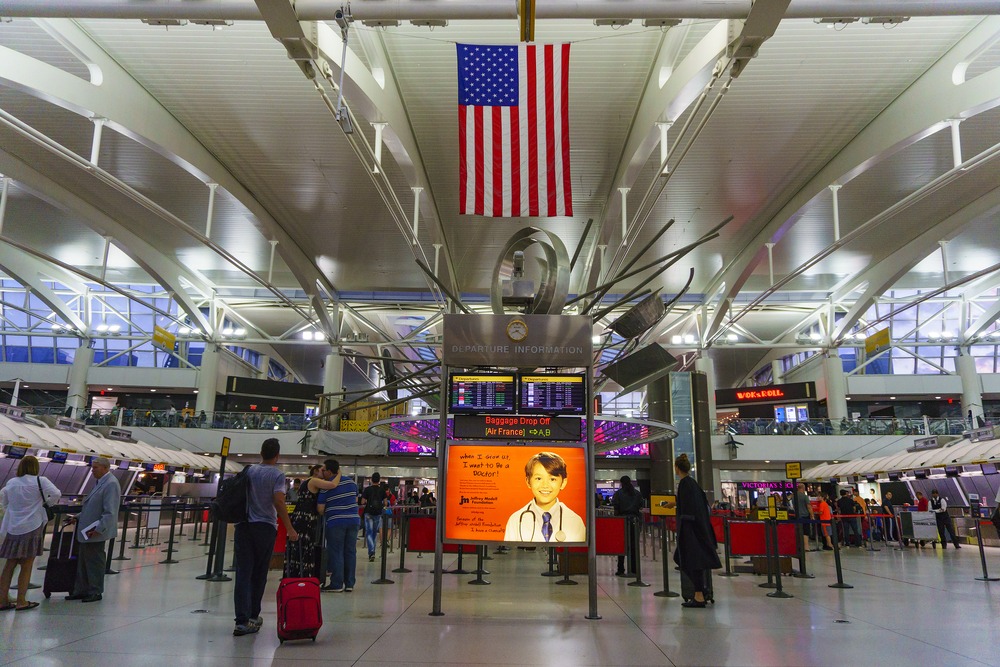
Reflecting the largest year-over-year growth in six years, air passenger traffic increased demand by 10.7 percent in April when compared to April 2016, according to the International Air Transport Association (IATA).
Capacity and load factor also increased year-on-year, growing 7.1 percent and 2.7 percent respectively.
Low airfare and a stable economy are attributed to the growth.
“April showed us that demand for air travel remains at very strong levels,” IATA CEO and Director General Alexandre de Juniac said. “Nevertheless, there are indications that passengers are avoiding routes where the PED (portable electronic devices) ban is in place. As the U.S. Department of Homeland Security considers expanding the ban, the need to find alternative measures to keep flying secure is critical. If the ban were extended to Europe-to-U.S. flights, for example, we estimate a $1.4 billion hit on productivity. And an IATA-commission survey of business travelers indicated that 15 percent would seek to reduce their travel in the face of the ban.”
In March, revenue passenger kilometers flown by Middle East airlines to the United States fell year-over-year by 2.8 percent, representing the first decline in seven years. While revenue passenger kilometers have already been beginning to slow, this decline may reflect the Trump Administration’s proposed travel bans and the PED ban which was announced March 21.